The Digital Control Panel is an advanced display and control device designed to seamlessly extend the capabilities of controllers. By connecting directly to the controller's signal lines, it eliminates the need for additional power or data cables, making the wiring process straightforward and efficient. The panel automatically cycles through a variety of parameters such as three-phase voltage, current, active and reactive power, temperature, energy consumption, and circuit breaker operations. Users can easily configure settings for over-voltage, under-voltage, phase loss, over-temperature, and current overload protections, as well as set various time delays and protection thresholds using simple button controls.
Key Features and Functions
1. LCD Display Functionality:
- The Digital Control Panel is equipped with a high-resolution 12864 dot matrix OLED screen that provides a clear and detailed display of key parameters. The user interface supports Chinese language for better accessibility and understanding.
- The panel automatically rotates through the display of various parameters related to the controller, including three-phase voltage, three-phase current, active power, reactive power, temperatures across the phases, total active energy, circuit breaker status, and any fault or alarm information.
- This comprehensive display ensures that operators have real-time access to the essential data needed for monitoring and troubleshooting.
2. Indicator Functionality:
- The product features bright, high-intensity LED indicators that precisely show the operational status of the controller. This includes indicators for power status, communication status, alarm conditions, and any fault situations.
- These indicators offer a quick visual reference, allowing users to immediately assess the health of the system and detect potential issues.
3. Control Functionality:
- The Digital Control Panel offers remote parameter adjustments through a simple button interface. Users can set and modify critical parameters such as over-voltage, under-voltage, phase loss, over-current, and over-temperature thresholds.
- Additionally, users can configure time settings for overload delays, short-circuit delay multiples, and instant short-circuit protection parameters. This flexibility allows the panel to meet a wide variety of operational requirements and protection needs.
- The control settings can be accessed and adjusted easily, making the system both user-friendly and adaptable to different environments and operational conditions.
4. Communication Capability:
- The panel comes with a universal RS485 communication interface, which supports integration with controllers using standard or customer-specified communication protocols, including MODBUS.
- This allows the Digital Control Panel to communicate effectively with multiple controllers, enabling it to manage and monitor various devices in a system.
- The product supports a master-slave communication mode, where one master panel can interact with multiple slave controllers. This feature allows the display and configuration of parameters across several devices, making it ideal for multi-unit setups.
- The panel can also be customized to support specific communication features requested by customers, providing enhanced flexibility for complex system configurations.
5. Power Efficiency:
- The Digital Control Panel is powered by an advanced, highly integrated low-power microprocessor chip. This ensures that the panel operates efficiently, with minimal power consumption while maintaining reliable performance.
- The system is designed to be energy-efficient, with low voltage and current requirements, which reduces the overall power load on the system.
- The simple wiring setup also contributes to its ease of use, making it a safe, convenient, and environmentally friendly option for users.
Applications
The Digital Control Panel is widely used in industrial, commercial, and residential electrical systems where controllers need to be monitored and adjusted. Its comprehensive display and easy-to-use control functions make it ideal for applications in power distribution, motor control centers, and other critical electrical systems. The communication capabilities allow for integration into large-scale, multi-unit setups, while its low energy consumption ensures long-term cost savings.
 English
English 中文简体
中文简体 عربى
عربى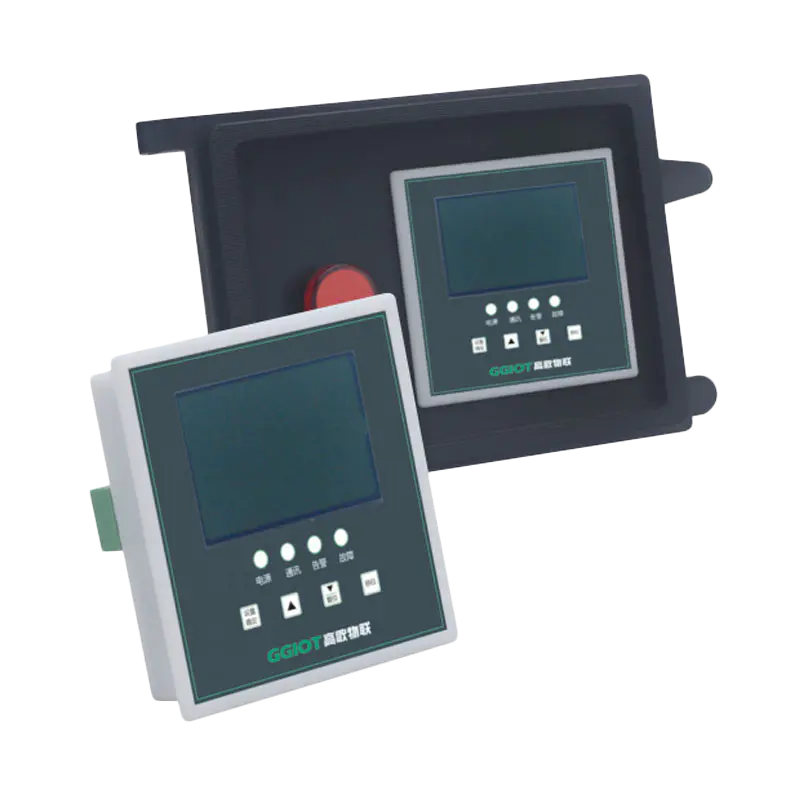

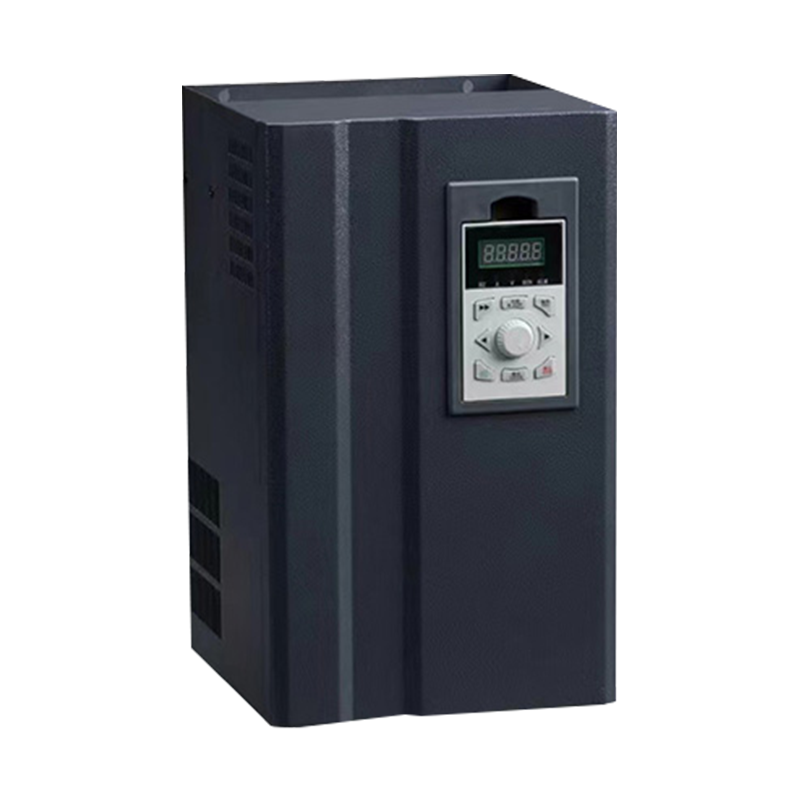
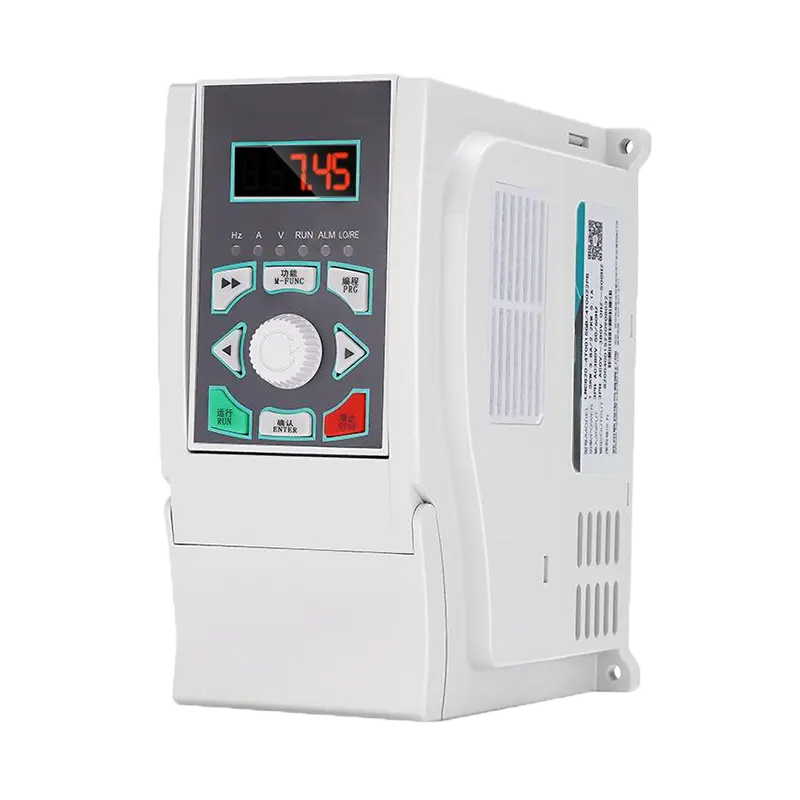
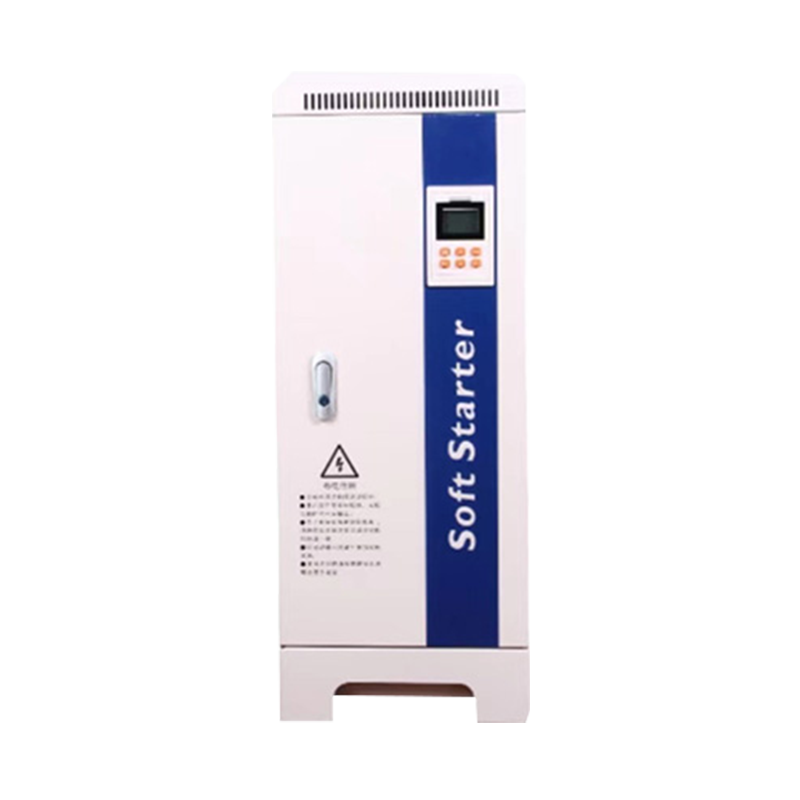
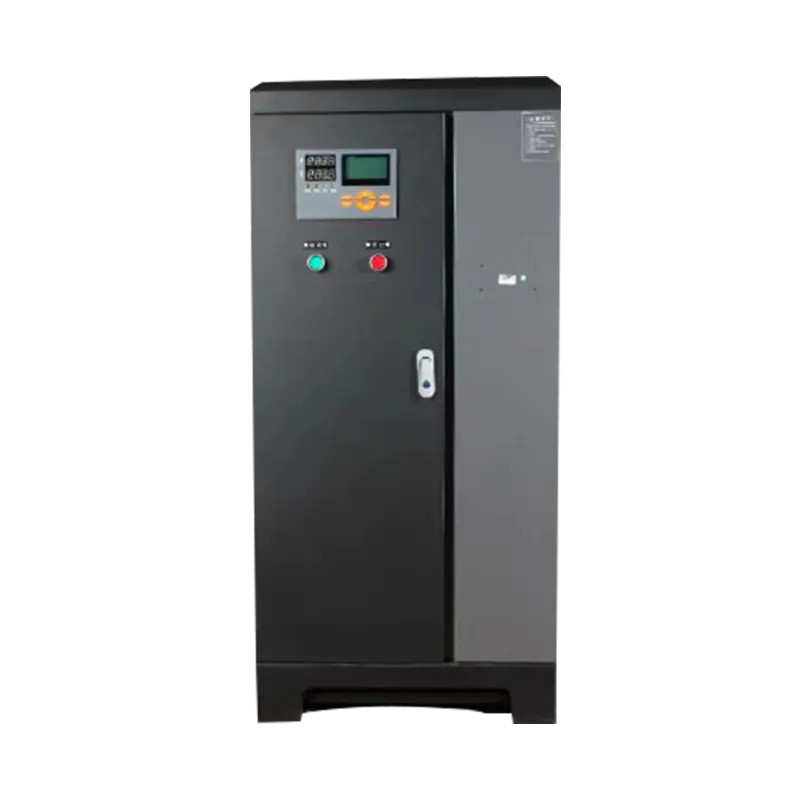

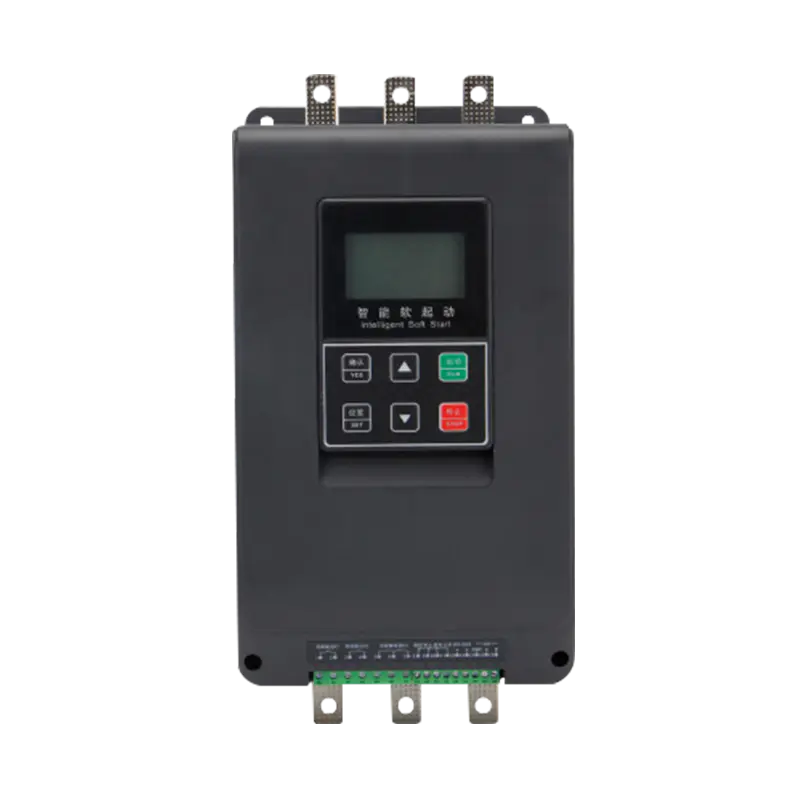
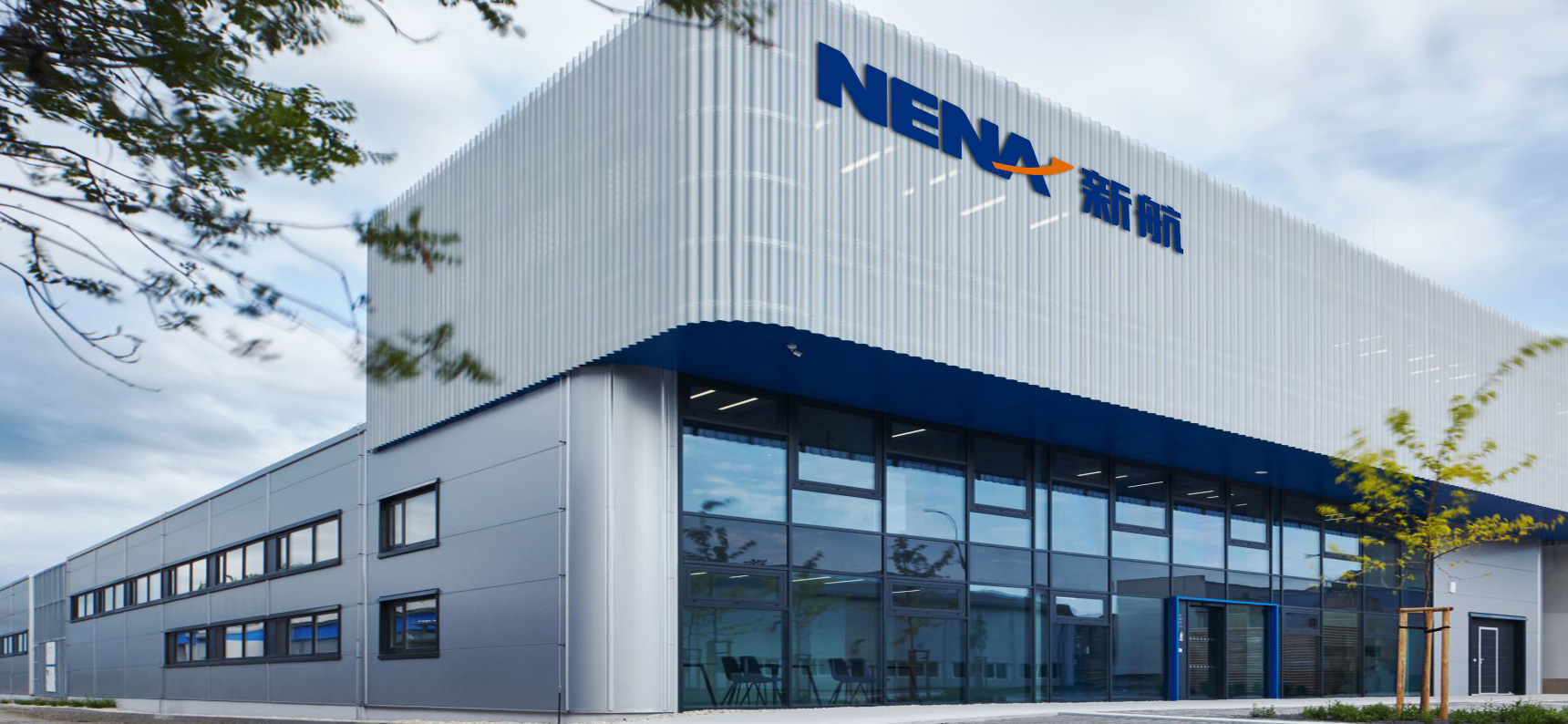
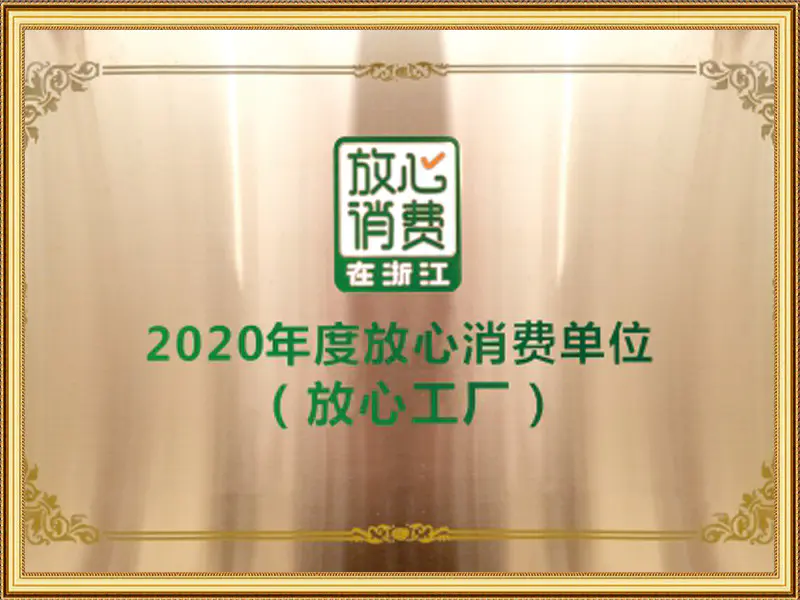
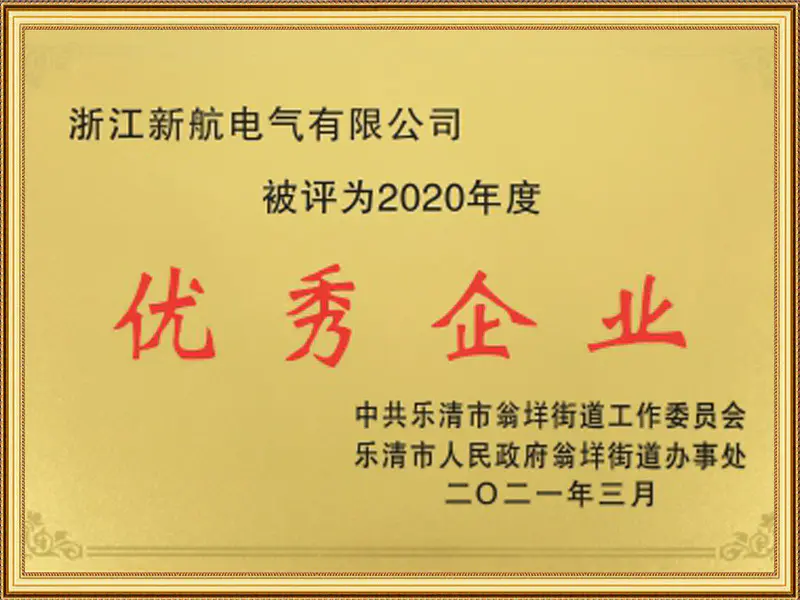
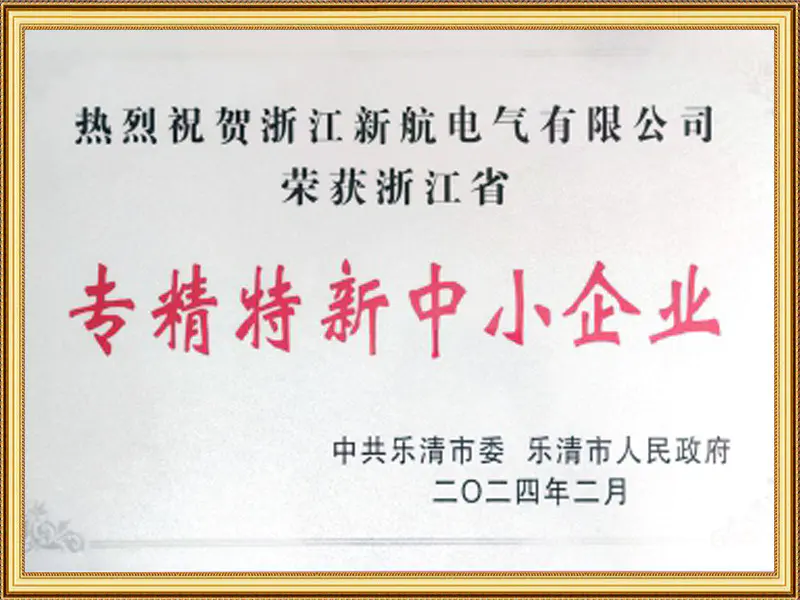
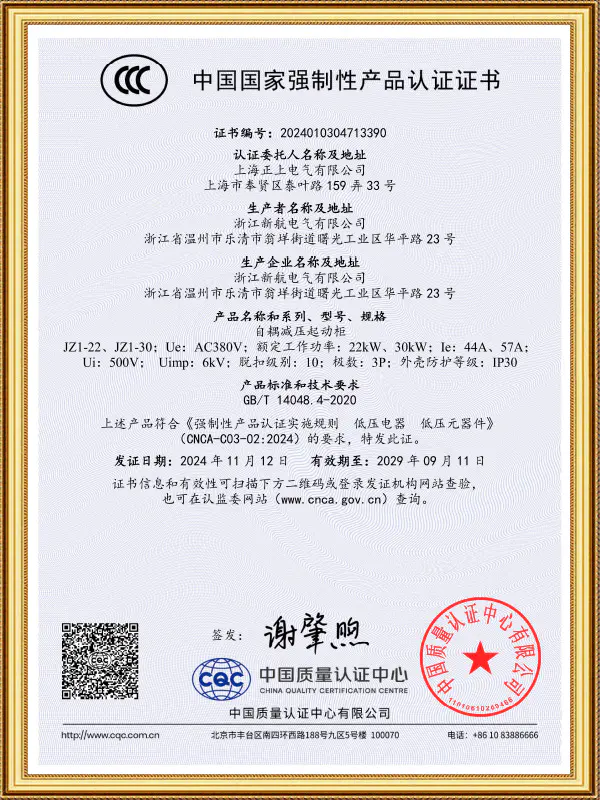
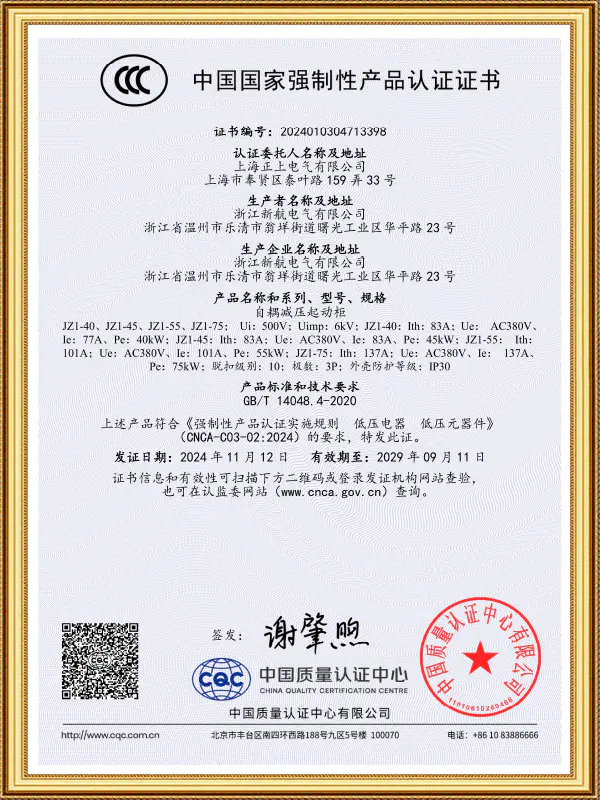
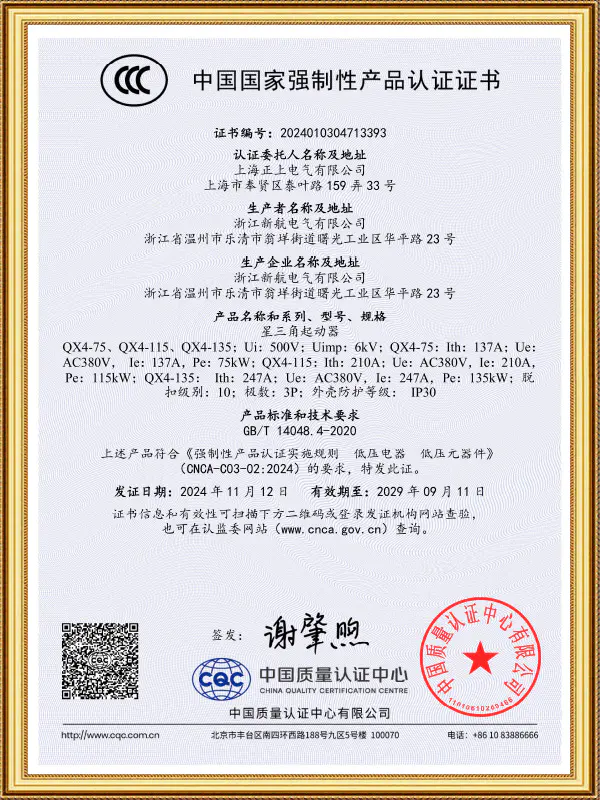
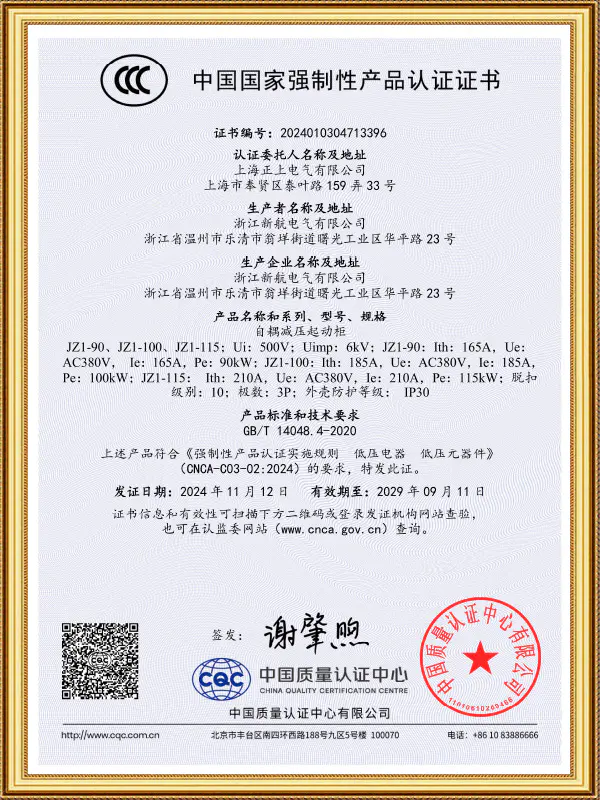
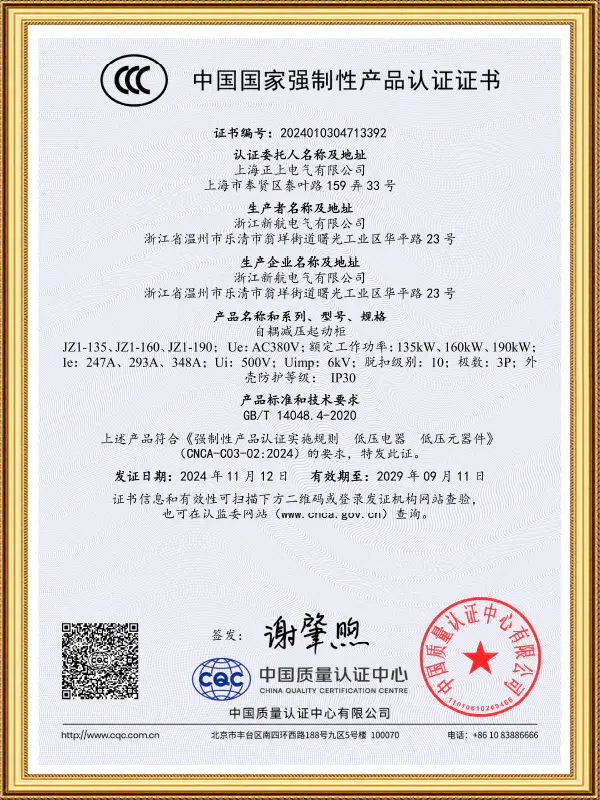





 浙公网安备33038202003754号
浙公网安备33038202003754号